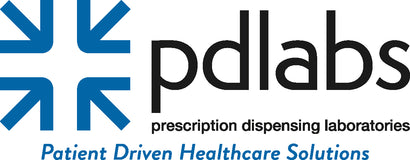Your Cart is Empty
Low Dose Methylene Blue
Methylene blue, also known as methylthioninium chloride, is a man-made blue dye and bioactive substance. It has diverse clinical applications, including surgical staining, malaria treatment, and methemoglobinemia. Recent research has focused on its anti-oxidative properties.
It has the potential to improve cellular and mitochondrial function, reduce proteins associated with Alzheimer's disease, and inhibit certain enzymes. It can cross the blood-brain barrier and act as an electron donor to mitochondria, increasing ATP production and promoting physical and mental performance.
Additionally, methylene blue enhances cytochrome oxidase activity, stimulates glucose metabolism, and increases NAD+ production. It acts as an antioxidant, reducing oxidative stress and preserving metabolic rate within mitochondria.
Furthermore, methylene blue is used to treat methemoglobinemia by converting abnormal methemoglobin to a more efficient form. It also shows promise in treating septic shock, but more research and FDA approval are needed.
Methylene blue has antimicrobial properties and has been used historically for malaria treatment. It is effective against methicillin-resistant Staphylococcus aureus (MRSA) and can inactivate viral nucleic acids of hepatitis-C and HIV-1.
Methylene blue has been investigated for neuroprotection, cognitive enhancement, and anti-aging effects. It may positively impact memory, neurodegeneration, and phobias.
It is important to use pharmaceutical-grade methylene blue obtained from reliable sources, as industrial or chemical-grade versions may contain impurities and contaminants unsuitable for human use.
We compound methylene blue in the following strengths: 5mg, 25mg, 50 mg
To learn more:
